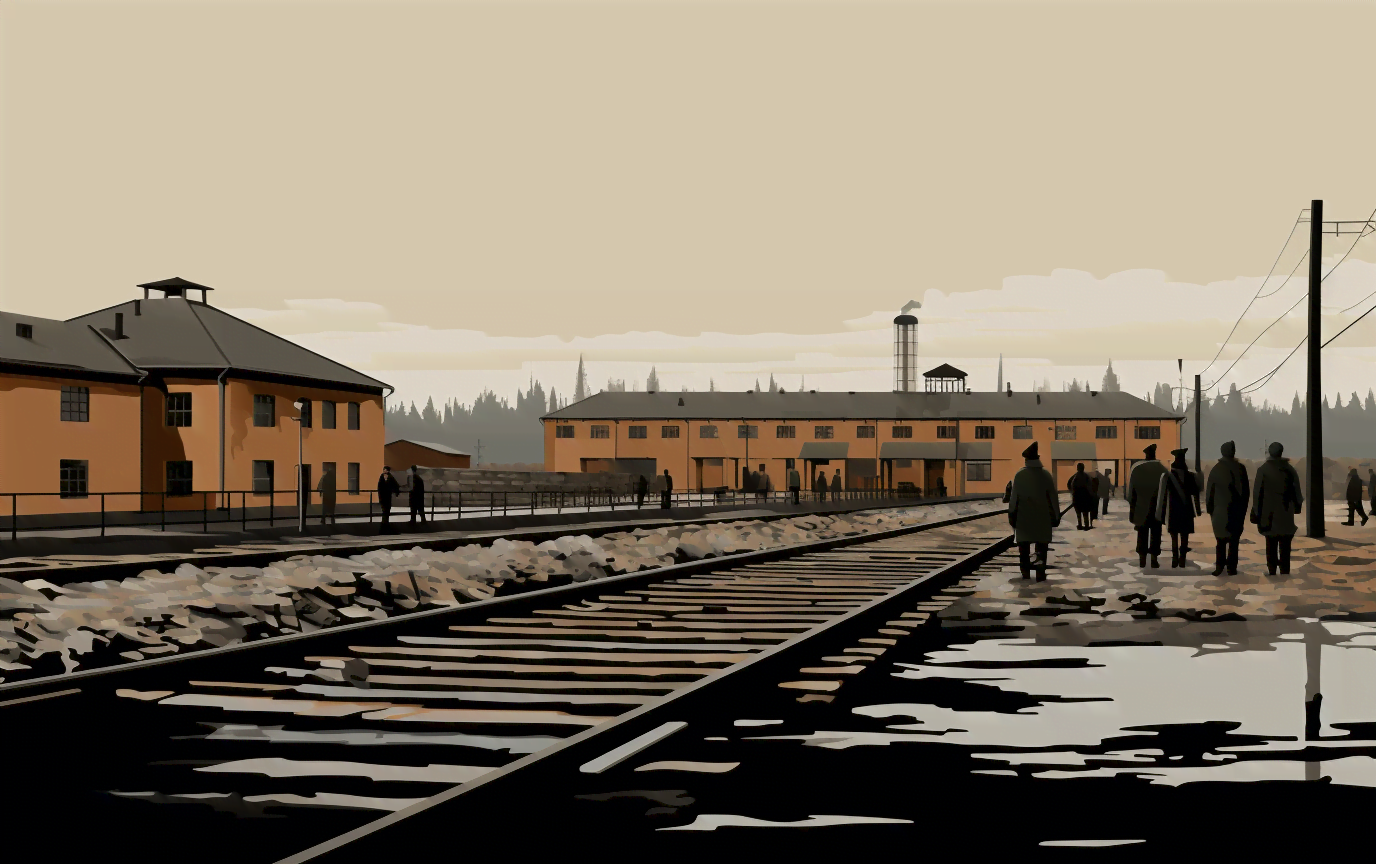Remembering a Dark Chapter: July 12, 1936 and the Sachsenhausen Concentration Camp
The Sachsenhausen concentration camp history began in 1936, symbolizing the iron grip of the SS on its prisoners. As a “model camp,” Sachsenhausen played a key role in training SS guards and held an elevated status due to its proximity to the Reich’s capital city. The Inspectorate of Concentration Camps even relocated their headquarters to Sachsenhausen, further emphasizing its importance.
Life and Death at Sachsenhausen: 1936-1945
Between 1936 and 1945, more than 200,000 people were interned in Sachsenhausen. Initially, they were exploited for labor in SS-owned factories. Starting in 1938, prisoners produced bricks for the Nazis’ grand architectural plans in Berlin, with 2,000 inmates marched daily to the Klinkerwerk brickworks.
The Klinkerwerk work detail was feared as it became synonymous with deadly punishment. In 1941, Klinkerwerk transformed into an independent subcamp. The prisoners of Sachsenhausen concentration camp endured hunger, disease, and systematic murder, leading to the death of tens of thousands of inmates.
The Final Days of Sachsenhausen and Liberation
More than 13,000 prisoners, mostly from the Soviet Union, perished in gas chamber tests. As the Soviet Army closed in, the SS began evacuating Sachsenhausen, leading to the execution of over 3,000 “dangerous” prisoners, while around 13,000 were transferred to other camps. Over 30,000 survivors were subjected to death marches. Finally, on April 22, 1945, the Red Army liberated Sachsenhausen, but not before another 300 prisoners succumbed to their conditions post-liberation.
References
Sachsenhausen Concentration Camp History – 1936-1945 | Sachsenhausen Memorial
Sachsenhausen – United States Holocaust Memorial Museum
History and Overview of Sachsenhausen-Oranienburg | Jewish Virtual Library


